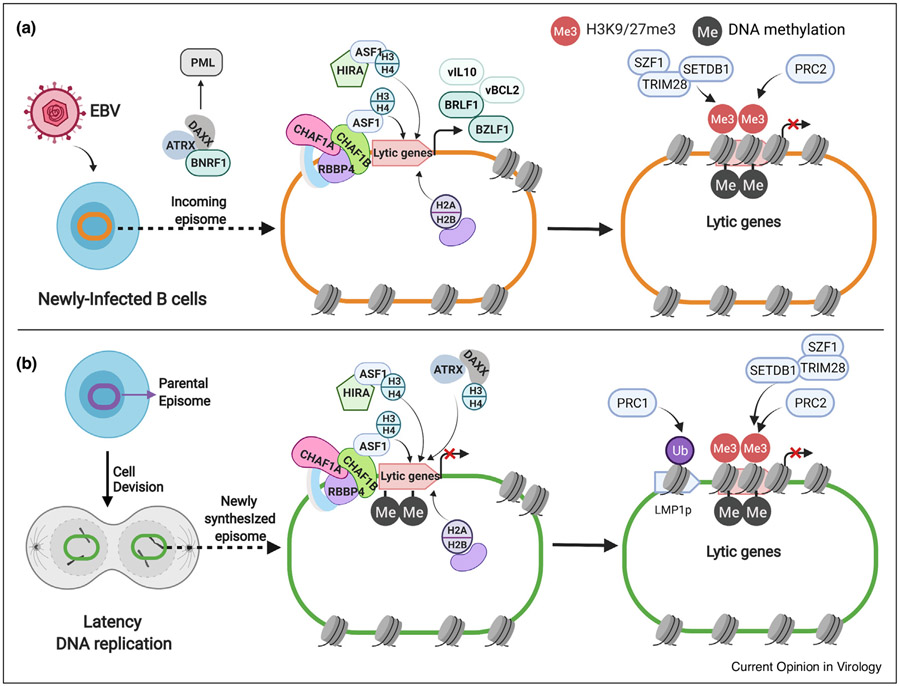Figure 2. Schematic model of histone loaders’ functions on EBV lytic/latency switch.
(a) In newly infected B cells, the chaperones CAF1 and HIRA load H3/H4 histones onto incoming episomes to form histone octamers together with H2A/B and thereby limit EBV lytic gene expression. This likely occurs together with the histone chaperone ASF1. Additionally, EBV tegument protein BNRF1 perturbs ATRX/DAXX complex assembly and routes DAXX to PML bodies in order to suppress loading of suppressive H3.3 histones onto nascent viral genomes. CAF1 is comprised of CHAF1A, CHAF1B and RBBP4 subunits. . Polycomb repressive complex 2 (PRC2) deposits histone trimethyl marks that further contribute to latency gene silencing. (b) In latency I, CAF1, HIRA and DAXX/ATRX have non-redundant roles in histone H3/4 loading, which are each important for maintenance of repressive histone methylation marks and latencymaintenance. Polycomb repressive complexes (PRC) have additional roles in latency gene silencing, including PRC complex 1 (PRC1) monoubiquitination of the LMP1 promoter LMP1p. Likewise, SZF1 and KAP1 promote H3K9me3 deposition. Me, DNA methylation; Me3, H3K9me3/H3K27me3. Ub, H2A lysine 119 monoubiquitin.

